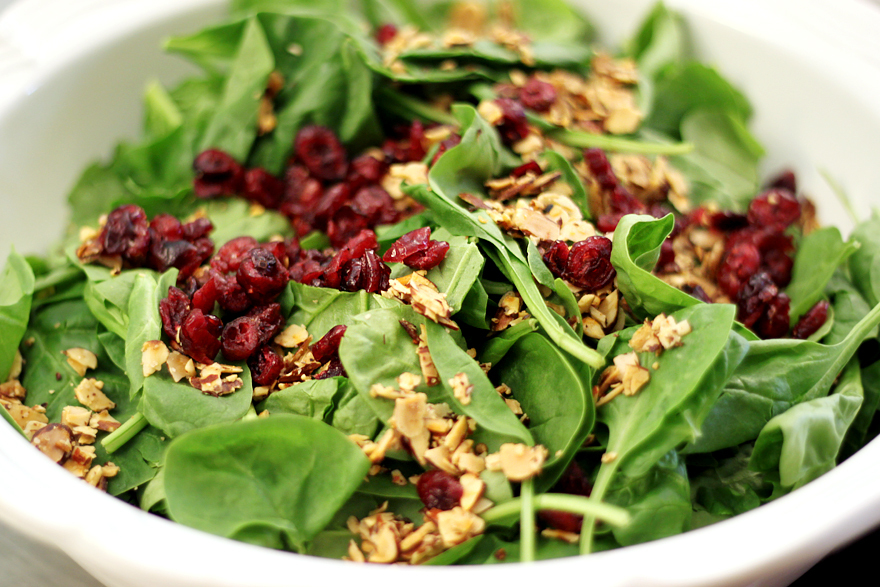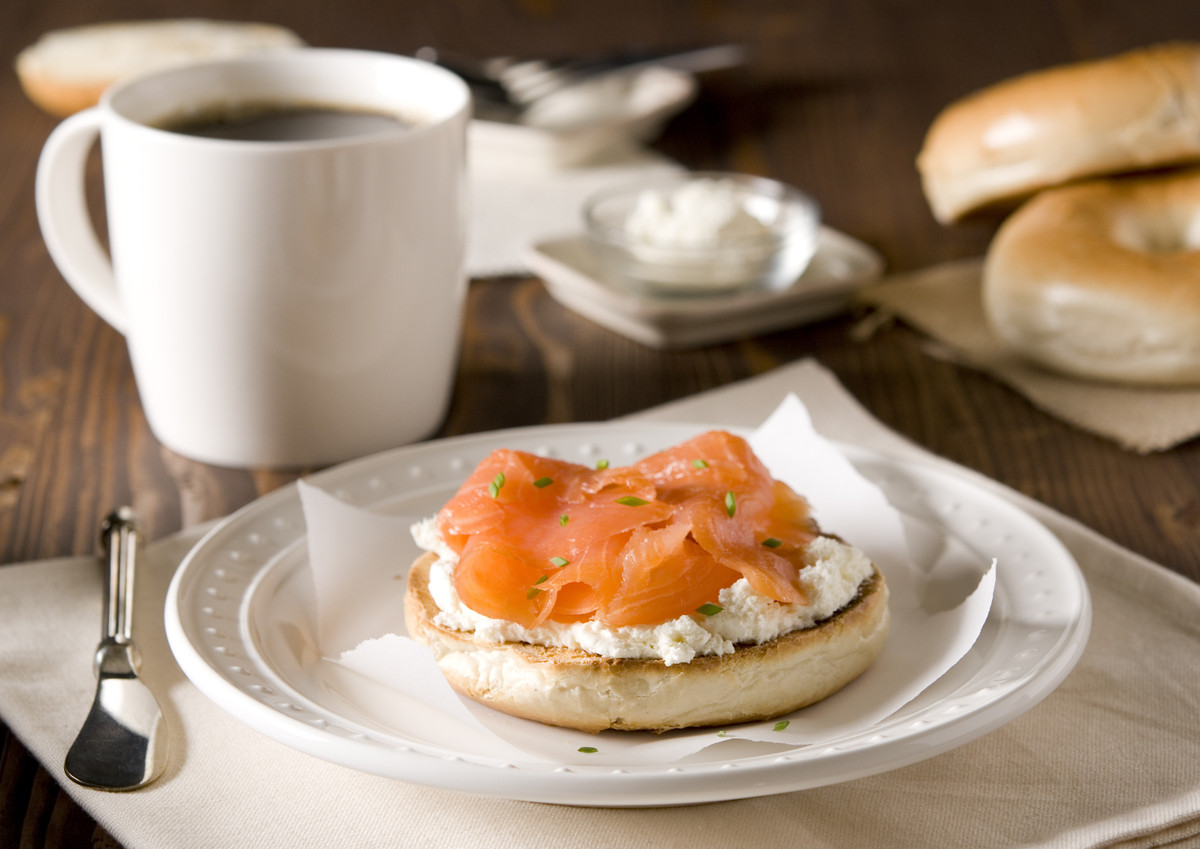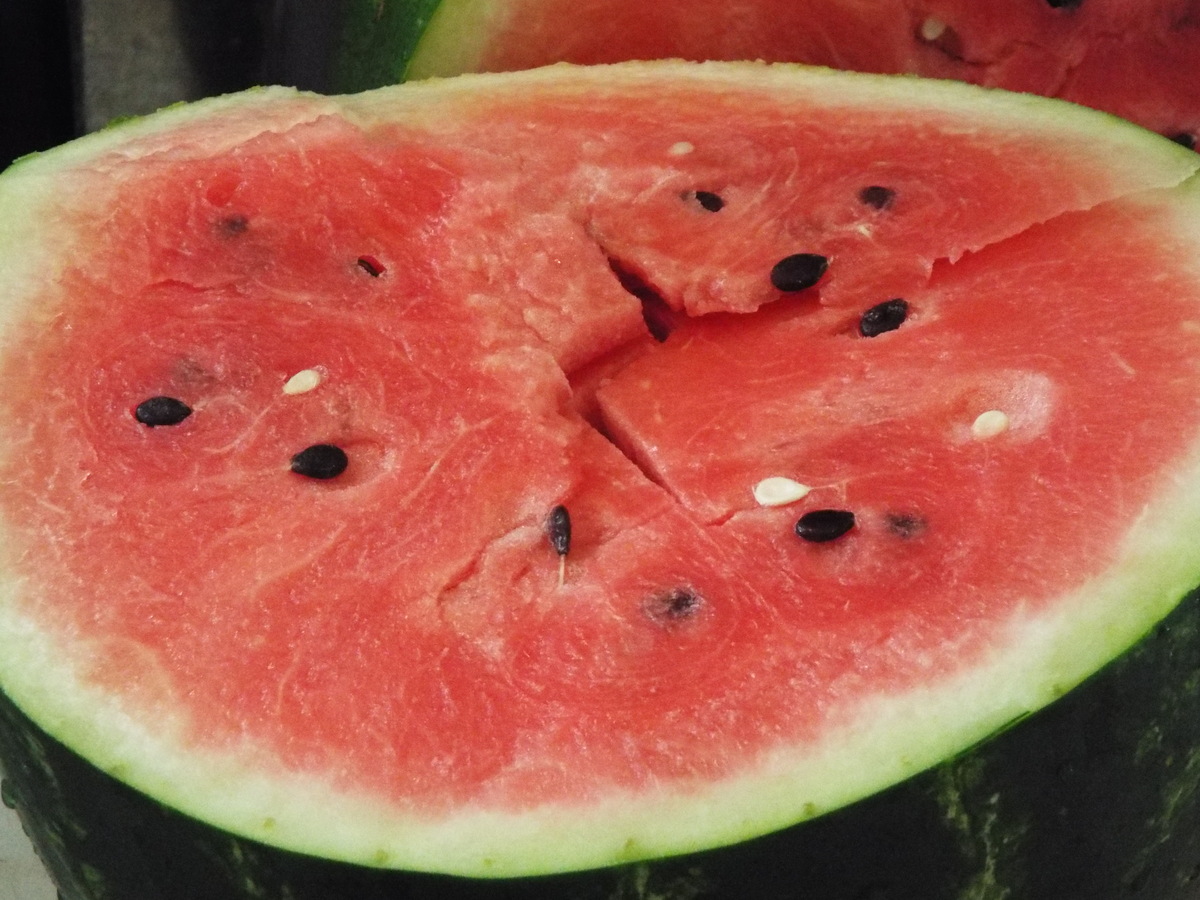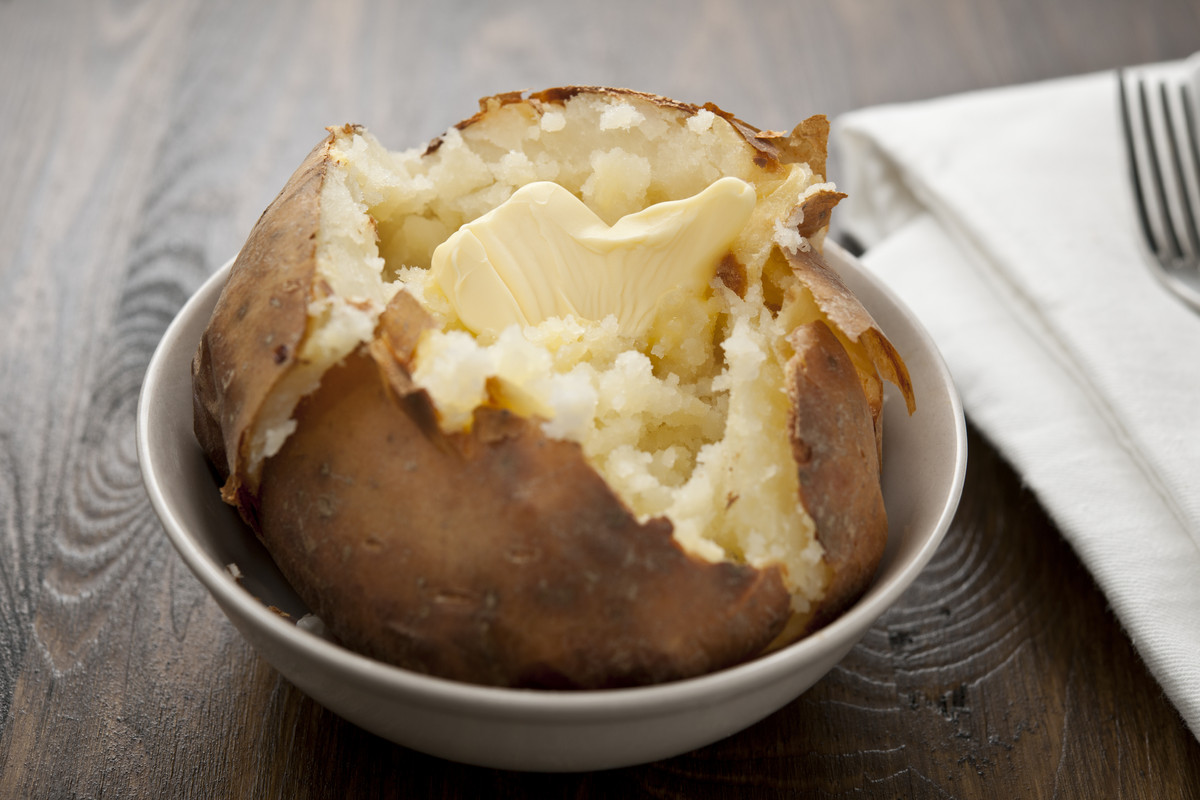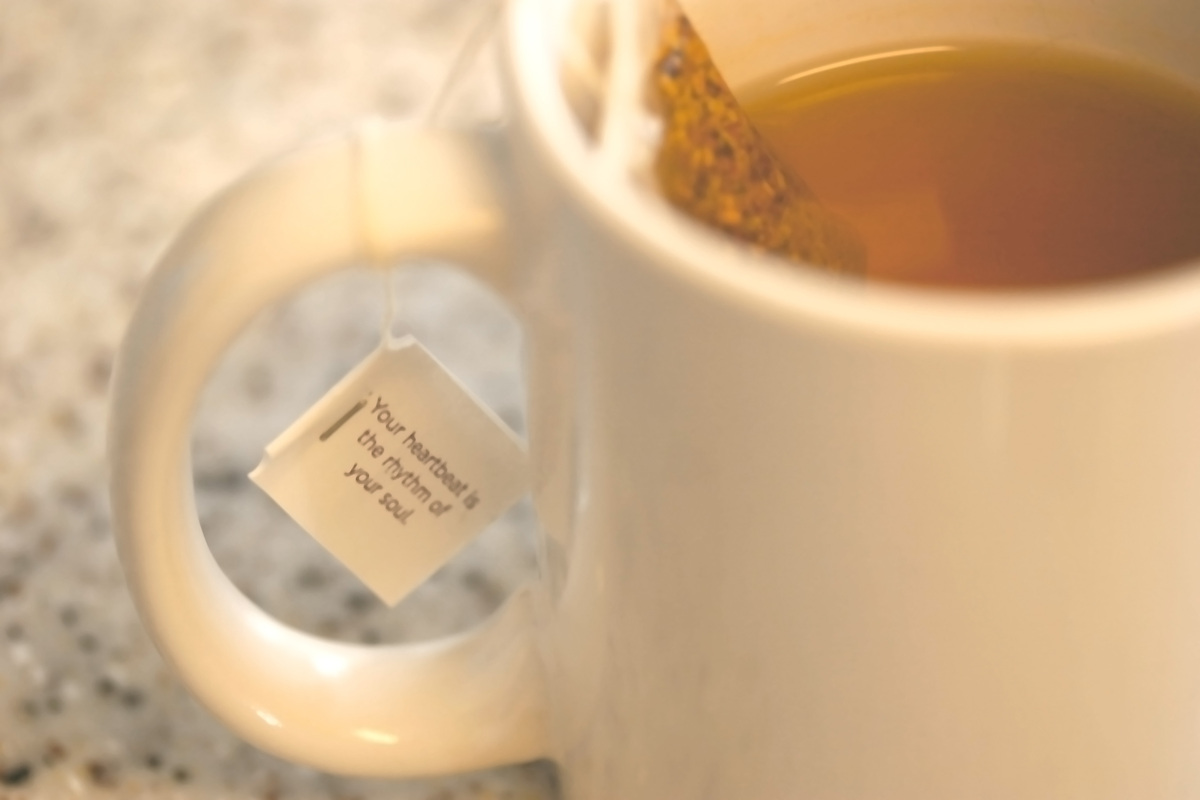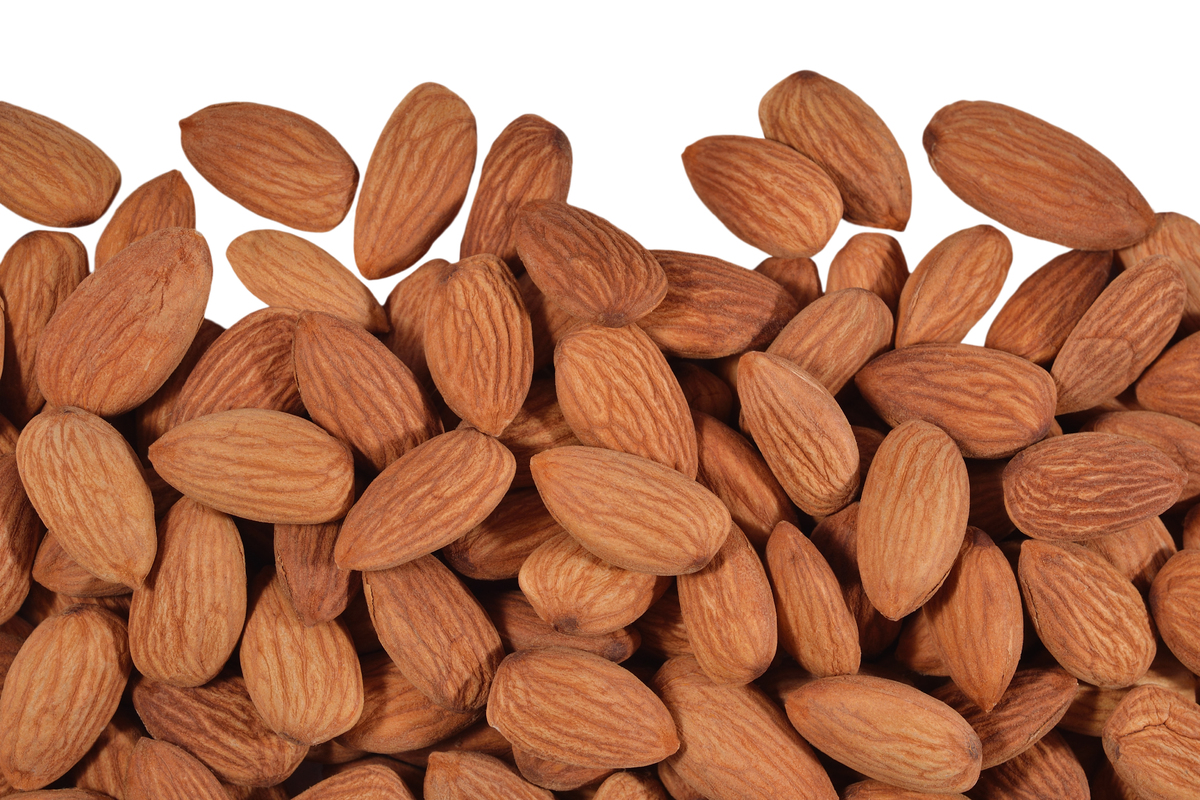Top 10 of Benefits of Aloe Vera
Different parts of the plant are used for different effects on the
body and Aloe Vera has both internal and external applications.
Here is a list of the
Top 12 Benefits and Medicinal Uses for Aloe Vera:
1. Aloe Vera Is High in Vitamins & Minerals:
Aloe Vera contains many vitamins including A, C, E, folic acid,
choline, B1, B2, B3 (niacin), B6. Aloe Vera is also one of the few
plants that contains vitamin B12.
Some of the 20 minerals found in Aloe Vera include: calcium,
magnesium, zinc, chromium, selenium, sodium, iron, potassium, copper,
manganese.
2. Aloe Vera is High in Amino Acids & Fatty Acids
Amino acids are the building blocks of protein. There are about 22
amino acids that are necessary for the human body and it is said that 8
of these are essential. Estimates of the amino acids found in aloe range
from 18-20 amino acids, with all 8 essential amino acids.
Alove Vera also includes quite an impressive range of fatty acids.
Aloe contains three plant sterols, which are important fatty acids- HCL
cholesterol (which lowers fats in the blood), campesterol, and
B-sitosterol. All are helpful in reducing symptoms of allergies and acid
indigestion. Other fatty acids include linoleic, linolenic, myristic,
caprylic, oleic, palmitic, and stearic.
3. Aloe Vera is an Adaptogen
Aloe Vera is a well-known adaptogen. An adaptogen is something that
boosts the body’s natural ability to adapt to external changes and
resist illness. It is thought that aloe’s power as an adaptogen balances
the body’s system, stimulating the defense and adaptive mechanisms of
the body. This allows you an increased ability to cope with stress
(physical, emotional and environmental stress like pollution)
4. Aloe Helps with Digestion
Poor digestion is related to many diseases. A properly functioning
digestive tract is one of the keys and foundations of health. Aloe is
known to soothe and cleanse the digestive tract and help improve
digestion. The interesting thing about taking aloe internally is that,
because it is an adaptogen, it helps with either constipation or
diarrhea, helping to regulate your elimination cycles in whatever way
you need. It’s been a great remedy for people with problems such as
irritable bowel syndrome as well as acid reflux. Aloe also helps to
decrease the amount of unfriendly bacteria and in our gut keeping your
healthy intestinal flora in balance. Aloe is also a vermifuge, which
means it helps to rid the body of intestinal worms.
5. Aloe Helps in Detoxification
Aloe Vera is a gelatinous plant food, just like seaweeds and chia.
The main benefit to consuming gelatinous plant foods in your diet is
that these gels move through the intestinal tract absorbing toxins along
the way and get eliminated through the colon. This will help the proper
elimination of waste from your body and help the detoxification of your
body.
6. Aloe Alkalizes the Body
Disease cannot manifest in an alkaline environment. Most people are
living and subsisting on mostly acidic foods. For great health, remember
the 80/20 rule – 80% alkaline forming foods and 20% acidic. Aloe vera
is an alkaline forming food. It alkalizes the body, helping to balance
overly acidic dietary habits
7. Cardiovascular Health
There hasn’t been a lot of studies conducted in this but there has
been some research to show that Aloe Vera extract injected into the
blood, greatly multiplies the oxygen transportation and diffusion
capabilities of the red blood cells.
According to a study published in the 2000 issue of the British
Medical Journal, beta sitosterol helps to lower cholesterol. By
regulating blood pressure, improving circulation and oxidation of the
blood, lowering cholesterol, and making blood less sticky, Aloe Vera
juice may be able to help lower the risk of heart disease.
8. Aloe Helps Boost the Immune System
I think given the stresses of our daily lives, every one can use a
boost to their immune systems. The polysaccharides in aloe vera juice
stimulate macrophages, which are the white blood cells of your immune
system that fight against viruses.
Aloe is also an immune enhancer because of its high level of
anti-oxidants, which help combat the unstable compounds known as
free-radicals, contributing to the aging process. (Free radicals are a
bi-product of life itself, it is a naturally occurring process but we
can overload ourselves with unnecessary free-radicals by living an
unhealthy lifestyle) Aloe is also an antipyretic which means it used to reduce or prevent fever.
9. Aloe Vera is Great for the Skin
Because of aloe’s well-known healing properties for the skin, aloe is
one of the primary compounds used in the cosmetic industry. It is a
known vulnerary, (meaning it helps heal wounds) and is great for
applying topically to burns, abrasions, psoriasis and even to bug bites.
Aloe acts as an analgesic, acting to help relieve pain of wounds. It’s
feels especially good to cut a stem of aloe, place it in the fridge and
rub it on sun burnt skin – the immediate soothing effect feels like an
absolute lifesaver. Aloe is also an antipruritic: A substance that
relieves or prevents itching. Aloe Vera is an astringent: which causes
the contraction of body tissues, typically used to reduce bleeding from
minor abrasions.
10. Disinfectant, Anti-biotic, Anti-microbial, Germicidal, Anti-bacterial, Anti-septic, Anti-fungal & Anti-viral:
Wow, I think that covers all anti- bases. Okay, I admit, that was
just a sneaky way to add in another 8 good reasons why you should keep
Aloe Vera handy and incorporate it into your lifestyle. Aloe Vera’s
active ingredients are sulphur, lupeol, salicylic acid, cinnamic acid,
urea nitrogen and phenol which are substances that prevent the growth of
disease-causing microorganisms and act as a team to provide
antimicrobial activity thus eliminating many internal and external
infections, also active against bacteria. It also helps to treat fungal
and viral infections.

